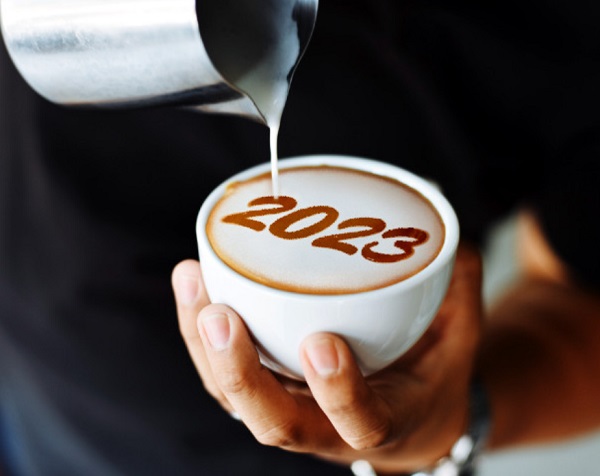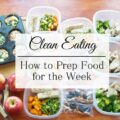
Economic downturns have long been a catalyst for new food behaviours and re-ordering product priorities, and this year ahead is no exception. Factor in our dramatically changing demographics, a new era of conscious consumerism, an unprecedented level of culinary sophistication and a re-centring
of activities around the home— and it’s clear that the food marketplace will never be the same. It is the intent of this article to identify what is going to be important to consumers in the year ahead…
Cooking Again
Marketers that help today’s demanding consumers conveniently prepare restaurant-quality foods and provide the diversity of flavours experienced outside the home will win them over. The stakes are high. In 2021, 242 meals per person were prepared and eaten at home, closing in on the top 2020 figure of 289 meals.
Homeward Bound
High entertainment costs, the in-home media centre explosion and a recent trend in home improvement have prompted 88% of Americans to say they’re going to stay home more often, creating some very large and untapped new food and beverage opportunities.
Gourmetization
The level of culinary sophistication and interest in experimenting with new flavours, foods, and cuisines has never been higher than it is currently. In 2021, 37% of adults went to restaurants to try new cuisines, 29% for new flavours. On average, adults spend about 3.1 hours per week cooking for fun. Despite the economy being quite gloomy because of covid 56% of adults purchased speciality foods and drinks.
The New Pacesetters
America’s 72 million Gen Y adults (ages 18–32)—now in the workforce and their parenting years—have become a food force to be reckoned with. Moreover, their unique food preferences and priorities will force food marketers into a dual marketing mode, squarely focused on younger vs older consumers. With Gen Yers the most likely to cut back on restaurant visits and 10% more likely than any other group to say they prefer the taste of restaurant-prepared foods, they’ll be relentless in finding ways to enjoy restaurant-style foods at home.
Little Luxuries
Although many consumers are being forced to cut spending on nonessential food items, they’ll continue to splurge on indulgent little luxuries that provide satisfying “me time,” remind them of fun times and activities or contribute to a personally important social cause. Vacation and destination flavours are coming on strong. From a flavour standpoint, desserts and candies are taking an adventuresome, savoury twist, paired with salts, turmeric, wasabi, basil, cilantro, ginger, rosemary, chipotle, and fennel.
Scared Straight
Consumer confidence in food safety has plunged in recent years in the wake of several large-scale incidents. On average, 58% of consumers have changed their buying habits,
turning away from products with safety and/or quality issues.

Changing Shades of Green
As economic pressures continue, the growth rates of some sustainable categories, including green products and organics, have begun to slow. Determining what issues matter most to consumers will help identify ethical products and positionings that will weather the economic storm and gain momentum in the years ahead. Consumers have shifted their organic spending to categories that are most closely tied to freshness or health, including fruits, vegetables, meat, poultry and milk.
Me M.D.
The high cost of prescription drugs and growing concern over the safety of both prescription and over-the-counter drugs has prompted Americans to take health into their own hands, creating a unique window of opportunity for functional foods. Two-thirds (66%) of consumers made a strong effort or some effort to eat fortified foods in 2021 and over half (53%) made a strong effort to get more omega-3!
Thirsting for More
Americans continue to move away from sugary soft drinks in favour of bottled water, energy drinks, and teas. Sports drinks ranked No. 1 in unit sales in 2021. Carbonated beverages suffered the largest sales decline in 2021, down 4.5% overall, while diet drinks remained steady. Upscale and exotic products like V8 V-Fusion juices that are high in antioxidants deliver benefits more consumers are seeking.
Form Follows Function
The tight economy is causing many consumers to trade down on form and function. While frozen meals/entrée sales fell 3.2%, shelf-stable dinners were down 4.5%, refrigerated entrees down 3.6% and refrigerated lunches down 5.3% in FDMW for the first two quarters of 2021. Meanwhile, dry packaged dinners made the top 10 highest-growth list, up +2.7% for the same time period in 2019. Pouches are an increasingly popular packaging option. Pouched tuna is the primary driver of growth in that category, accounting for more than 10% of sales (Ramseyer). With consumers’ grocery shopping trips falling steadily over the past three years to 1.9 times per week, shelf life takes on even greater importance.








